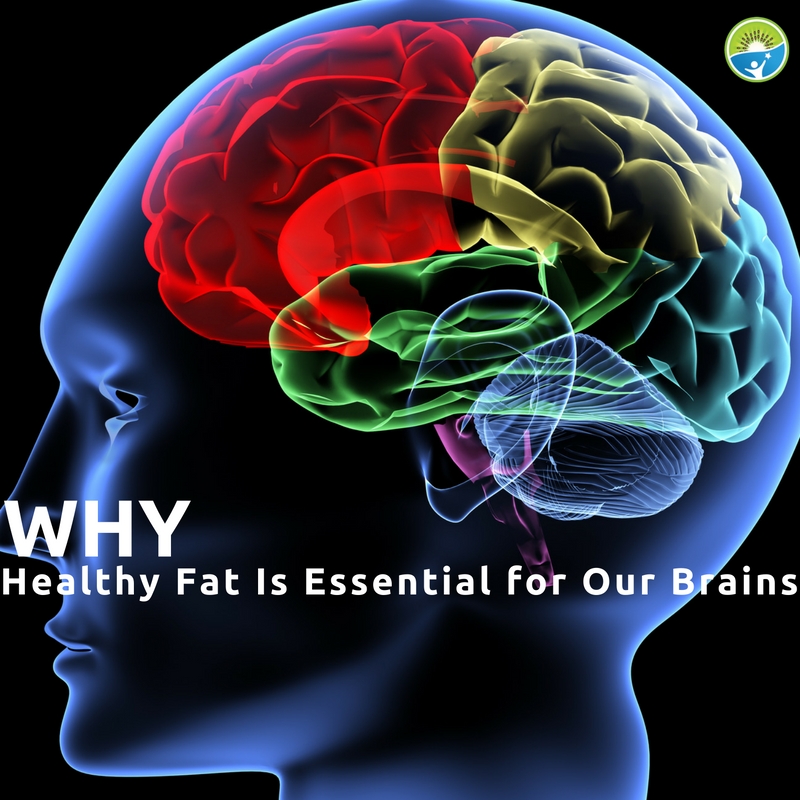Nutrition is tied to everything in life. Even things that may seem as if they have nothing to do with food and nutrition, like rising rates of ADHD, can be in one way or another linked to diet and eating habits. It’s when I discover these kinds of connections between diet and other areas of health that I will have moments that I think, “This is exactly why I chose to make a career out of nutrition.”
My most recent “aahh” moment was last week. It was a hot summer day in Chicago and my baby Theodore and I were taking a stroll with our friends’ house. My friend Christine is an RN and when the two of us are together, we often discuss health issues. On this particular stroll, we were discussing a book called “Bringing Up Bébé,” which is a book that addressed the differences in French parenting and lower incidences of ADHD. Christine then said, “You know, I just saw an article that was published that shows a link between inadequate fat intake and ADHD in young boys.” That was when the “aahh” moment happened! I immediately asked her to forward me the article so I could dive into the research.
The article is about 40 pages of overflowing medical terminology and statistics that I loved reading. Did you know that “about 50% to 60% of the dry weight of an adult brain is composed of lipid, and at least 35% of the lipid (fat) content is made up of HUFAs (highly unsaturated fatty acids)”?
If our brains are mainly made up of fat, fat in our diet and more importantly the type of fat must play an important role in healthy brain development. In this study, they delved into the ratio and levels of omega-6 fats (found in raw nuts, seeds, legumes and unsaturated vegetable oils such as sesame) and omega-3 fats (found in deep-water fish/flaxseeds/walnuts/etc.). They found that in modern diets “omega-6 to omega-3 ratios in dietary intake have risen from about 1:1 to 2:1 to 20:1”. This is important because another similar study reported that when “comparing 35 young adults males with ADHD with healthy controls, and found that the ADHD group had a higher total omega-6/omega-3 ratio”.
So what does this all mean? Try to incorporate healthy sources of fats into your own and your children’s diet while making sure to eat a variety of food rather than just sticking to a couple sources of fat. Some healthy sources of fat are dairy products, flax seeds, chia seeds, olive oil, avocado, salmon, halibut, swordfish, walnuts, almonds, pistachios and more. Incorporating fat into your diet will not make you fat if the portion size is correct. It is an important part of everyone’s diet and shouldn’t be feared. Stayed tuned for additional research to come out on this topic!
Research Articles
Gow, Rachel V., and Joseph R. Hibbeln. “Omega-3 fatty acid and nutrient deficits in adverse neurodevelopment and childhood behaviors.” Child and adolescent psychiatric clinics of North America 23.3 (2014): 555-590.
For additional information, check out: http://www.diannecraft.org/essential-fatty-acids-the-brain/


